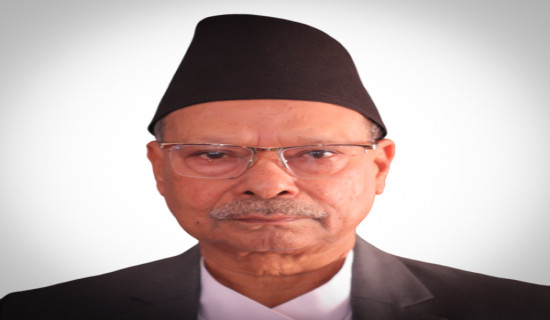- Monday, 5 January 2026
Evolution Of Nepal's Currency
Vibrant rectangular pieces of paper adorned in motifs of unbelievably immaculate details and featuring exotic native species, the Nepali Rupee, locally called “Nepali Rupiya” or “Nepali Rupee,” is the currency of Nepal, serving as a true representative of this small nation celebrated for its diversity. While the notes range from the rare Rs. 1 note to the more common Rs. 1000 note, their value on the international market is notably low. But how do we determine the value of a currency? And more importantly, why is Nepal’s currency value so low?
For starters, the Oxford Dictionary defines currency as “the system of money that a country uses." In general terms, we can simply refer to currencies as unique systems of money that are used in exchange for goods and services. For any flourishing economy or business in general, a strong currency is central. But for most of history, currency as we know it hasn't even existed. So what is its history?
The “barter system," the predecessor to physical currency, depended on the exchange of products or services for products or services. Imagine having to own something valuable and in demand just to exchange it for something as simple as groceries. Now, with money, we can exchange anything materialistic for cash. The emergence of currency in a physical form such as bronze, gold, or silver coins is credited to Ancient Greece and later to the Roman Empire in the 6th century BCE. However, “paper notes” were developed in the ancient Chinese Tang dynasty, with Western countries adopting them around the 17th century.
Now that we can define currency, let us understand how currency value is determined. The determination of a currency’s value is important, especially since the world is now a global village and trade takes place between different countries with their own unique monetary systems. Before, the value of money was dependent on how much valuables like gold or silver were in reserve in the country. But now, the value of currency solely depends on the policies formed by the respective nation’s central banking system. To be more precise, currency value is determined by the teamwork of factors such as the supply and demand of the currency, economic indicators such as the GDP of the country, interest rates, political stability, and trade balance (the ratio of imports and exports).
Now, Nepal is not particularly known for having a balanced import-export ratio, and the country is also in debt. This means that almost all amenities are expensive, and the money is sent abroad. Combined with the insufficient number of industries capable of competing on an international level, Nepal does not have the best cards to play with. Nepal’s dependence on remittances sent by migrant workers and an unstable political environment are also factors that work against us. The limited earnings of the people create more trouble as the market is made up mostly of products imported from elsewhere. Also, the value of 1 Nepalese rupee is pegged to that of India at a ratio of 1.6:1, which was established in 1994. Consequently, Nepalese rupee conversions to other currencies are determined using this ratio. A combination of these factors influences the value of the rupee.
Historically, the first nationwide currency issued was the Mohar, by King Prithivi Narayan Shah, but the use of coins issued by smaller kingdoms before his time existed. Then, the use of the Indian currency in the Nepalese market during the British colonial period was predominant. The silver mohar would eventually be replaced by the Nepali rupee (NPR), the first official currency of the country. Continuous reforms by the Nepal Rastra Bank, such as the 1955 monetary reforms and the recent implementation of measures to “stabilise the Nepali rupee by managing inflation, promoting financial inclusivity, and addressing economic challenges and external shocks,” have shaped the currency and transformed it from 1 USD = estimated NPR 4.76 in the 1940s to 1 USD = 133.6 NPR as of the latest exchange rate.
Nepali notes are admired internationally for their aesthetics, but implementing certain measures could also enhance their stability. Reducing the national debt and dependence on foreign remittances, boosting export rates to counteract the trade deficit, investing in fields like technology that guarantee long-term benefits, and implementing effective interest and exchange rate policies are all feasible steps towards achieving a stable economy. Now, it is up to us to decide if the currency is worth saving, as the alternative is a devastating devaluation that could wipe out the entire ecosystem of Nepal’s business market. The choice is obvious. As Aristotle put it, “Money is a guarantee that we may have what we want in the future. Though we need nothing at the moment, it ensures the possibility of satisfying a new desire when it arises."
(A-Levels, Trinity International College.)

















